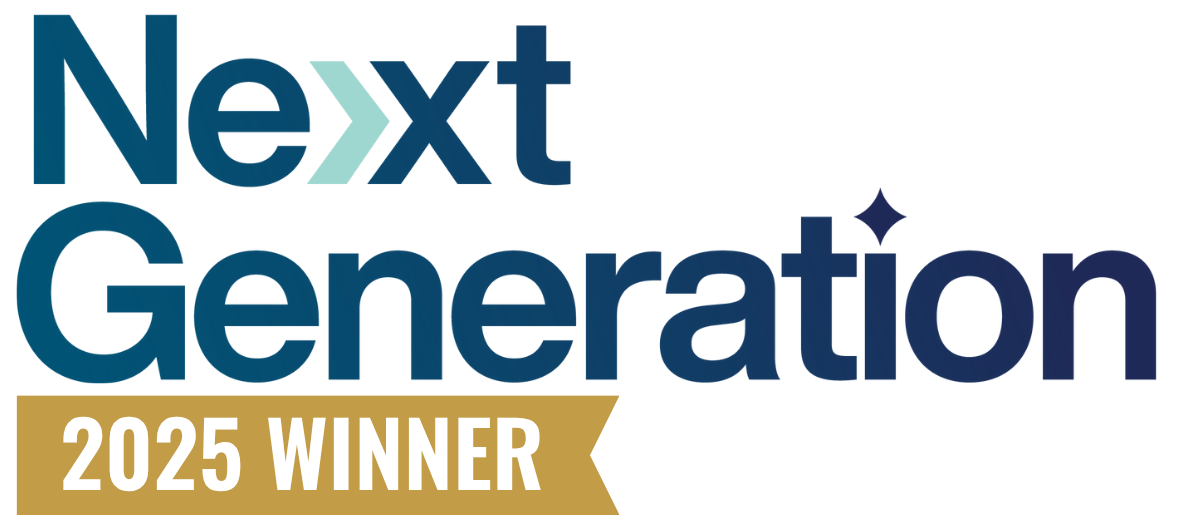With the prevalence of both physical and digital media in most office environments, your business probably can’t survive without its multi-function printer (MFP), even if you don’t realize it. These days, MFPs handle everything from copying and printing to scanning, faxing, emailing and more. You use them to create physical and digital file backups, for sales and marketing collateral, and to share secure documents.
In other words, they’re integral to your daily business operations.
With all that functionality, it follows that your printer has access to a lot of sensitive information. It handles confidential documents, stores sensitive data, and connects to your network. If it’s vulnerable, it could become an entry point for cyber attacks, resulting in data breaches, intellectual property theft, and costly compliance violations.
Protect your print environment with these five essential MFP security features.
Understanding MFP Security
Multi-function printers have several key vulnerabilities:
- Built-in hard drives storing sensitive data
- Network connectivity that can be exploited
- Multiple access points, such as physical, remote logins, and email-to-print
If that security is compromised, your stored documents could be exposed, your data intercepted, and the printer could act as a gateway into your office network.
As you can probably imagine, the potential impacts are severe. Data breaches can result in reputational damage, loss of customer trust, and even financial consequences. Take, for instance, the recent but ongoing issue of PrintNightmare, a Windows print spooler vulnerability that exposed organizations to potential remote SYSTEM access, data breaches, ransomware, and more.
In short, just like every other device on your network, if you don’t stay on top of MFP security features, you could expose your business to serious cybersecurity risks.
Essential MFP Security Features
Multi-function printers are critical for many businesses, but they do introduce some risks. To mitigate them, you’ll need to implement several robust MFP security features. Here are five essential MFP security features to prioritize.

1. User Authentication
Picture any device on your company network. What is the first line of defense from unauthorized access? User authentication. This logic also applies to your print fleet.
You might use:
- User Credentials: Unique usernames, pins, and passwords are a standard but effective security measure. However, they rely on individual team members to maintain good password security. A strict password policy with regular required updates can help.
- ID Cards: A convenient option, ID cards can be integrated with other security systems to provide instant access to buildings and devices. However, if they’re lost or handed off to someone else, unauthorized individuals may still use them.
- Biometrics: More advanced security systems may use fingerprints or facial recognition. Like ID cards, biometric access grants people instant access while also tying that access to the individual.
2. Secure Print Release
When you consider security measures for your printer, you’re most likely thinking about cybersecurity—login credentials, encryption, and secure networks. But what about physical documents?
Secure Print Release is a document security measure that prevents print jobs from being completed until the user logs in at a physical printer.
This MFP security feature:
- Prevents sensitive documents from being taken from the printer by the wrong person
- Reduces waste from print jobs that were never collected
- Typically enables users to complete their print job from any printer on the network
In other words, each print job is completed and collected by the person who initiated it. No more lost papers sitting on someone else’s desk, or forgotten print jobs languishing in the tray.
3. Network Security
Just like any other networked device, MFPs need robust network security, including:
- Encryption: Protect data while it’s being transmitted using protocols like SSL/TLS.
- Firewalls: With the right configuration, your network firewalls can protect your MFPs from external threats.
- Updates: Regularly update your printer’s software and firmware to patch known vulnerabilities.
Fundamental cybersecurity practices are important MFP security features as they go a long way to securing your business’s network and protecting your intellectual property.
4. Hard Drive Security
MFPs often store sensitive data—scanned documents, email addresses, login credentials, financials, and more—on internal hard drives.
Protect this data with:
- Data Encryption: Encrypt data stored on the MFP's hard drive.
- Automatic Data Overwrite: Configure the MFP to overwrite temporary data after each job.
- End-of-Life Data Wiping: Securely erase all data when decommissioning an MFP.
These features ensure that data remains protected throughout the MFP's lifecycle and beyond.
5. Document Security
Secure print release protects your physical documents, but what about digital ones? Robust MFP security features can help you tighten document security regardless of their form.
For example:
- Watermarking: Use your printer to add digital watermarks to any document to identify the origin, even after sharing it with other devices.
- Secure Scanning: Encrypt the data when you scan physical documents and email them to authorized recipients to prevent the information from being intercepted.
- Access Control: Establish security permissions to view, edit, and distribute any document so that only the right people can review and make changes.
Not only do these features prevent unauthorized people from obtaining your documents, but they also help you safeguard document integrity by controlling who can make changes and how they may be shared.
Benefits of Robust MFP Security
By proactively planning your MFP security, you’ll set your organization up for success from multiple angles:
- Staying Compliant: Many businesses face strict regulatory compliance requirements around document and information security—GDPR and HIPAA to name a couple—and securing your multifunction printers can help you remain aligned with those obligations.
- Data Breach Prevention: By securing your documents and devices—MFP security features help with both—you reduce the risk of data exposure.
- Operational Integrity: Secure MFPs ensure your document workflows run how they’re supposed to, which helps you stay efficient without compromising security.
- Enhanced Trust: Rigorous information and cybersecurity measures—including MFP security—show your employees, partners, and clients that you can be trusted with their information.
Implement Strong MFP Security Features in Your Organization
To implement an effective security plan, stay aligned with MFP security best practices and regularly test your systems to find vulnerabilities.
Here are five basic steps to get you started:
- Assess Your Security: Evaluate your current MFP security practices to pinpoint vulnerabilities. If possible, use third-party testing for an objective view.
- Create Your Security Strategy: Lay out a comprehensive security plan that incorporates all the ways your team uses your multifunction printers, and addresses any vulnerabilities you found during your assessment.
- Implement Your Security Plan: Once you’ve established your plan, add any necessary features or processes—for example, a new user authentication or print release process.
- Train The Team: Educate everyone on your new policies and procedures and ensure that they all understand the importance of MFP security features.
- Assess Regularly: Conduct security audits regularly to ensure your security plan is implemented consistently and identify any new vulnerabilities.
If you’re unsure how to get started, reach out to SymQuest today for expert assistance. We can assess your current print needs and vulnerabilities and ensure your print network remains productive and secure.
Doing so protects your data and your organization's integrity and reputation. Our team can help you implement the latest MFP security features and best practices, ensuring your MFPs remain a productive asset rather than a security liability.





